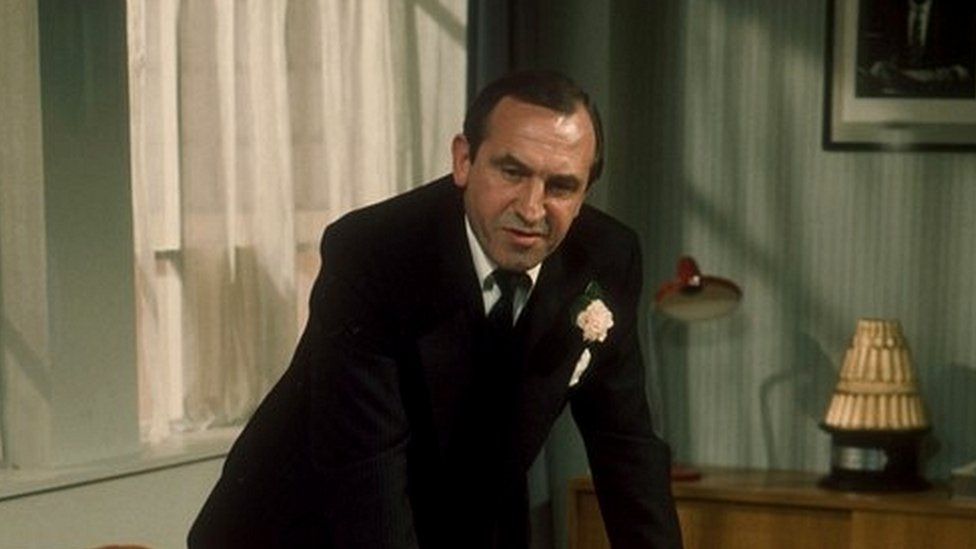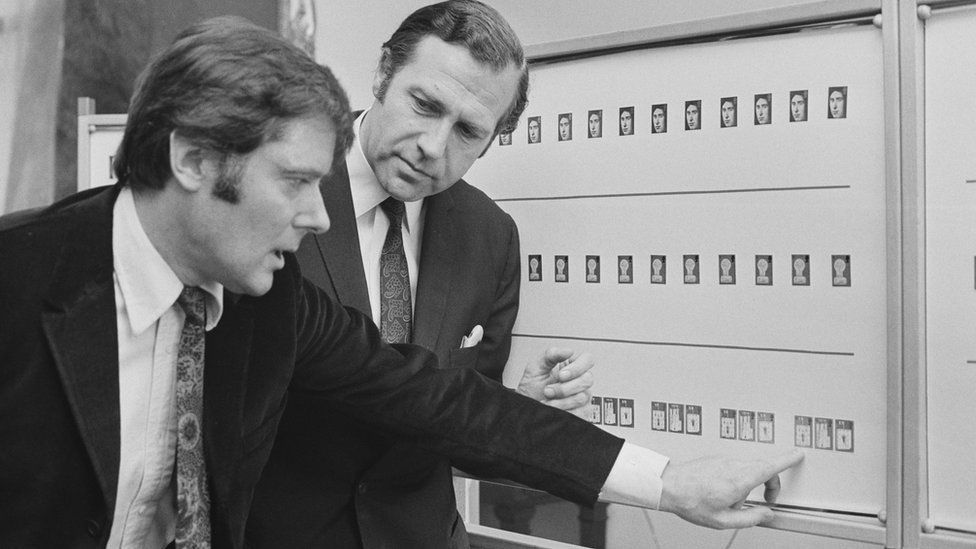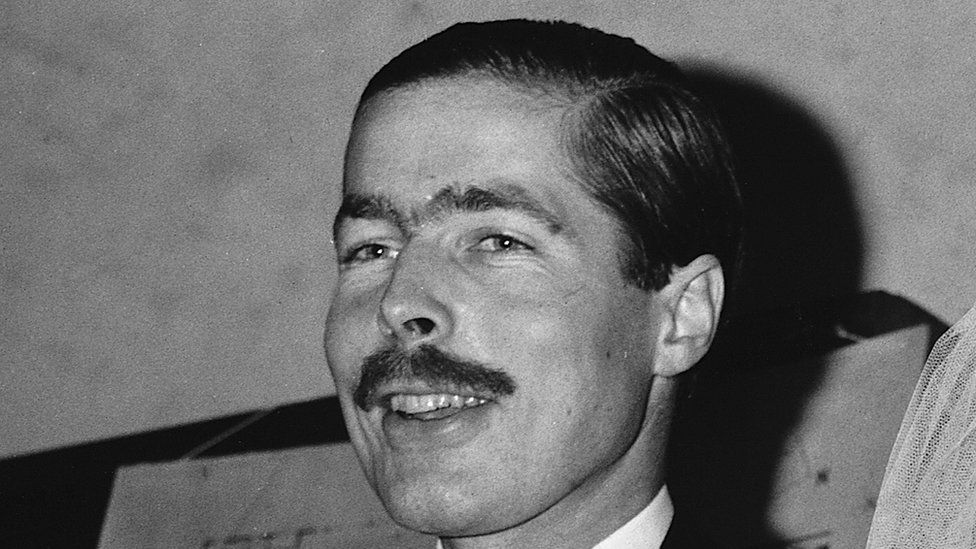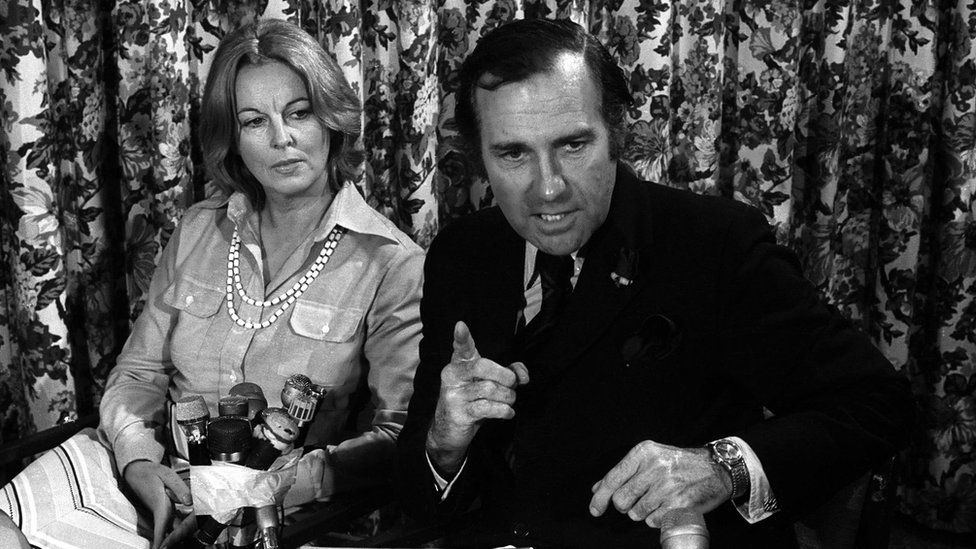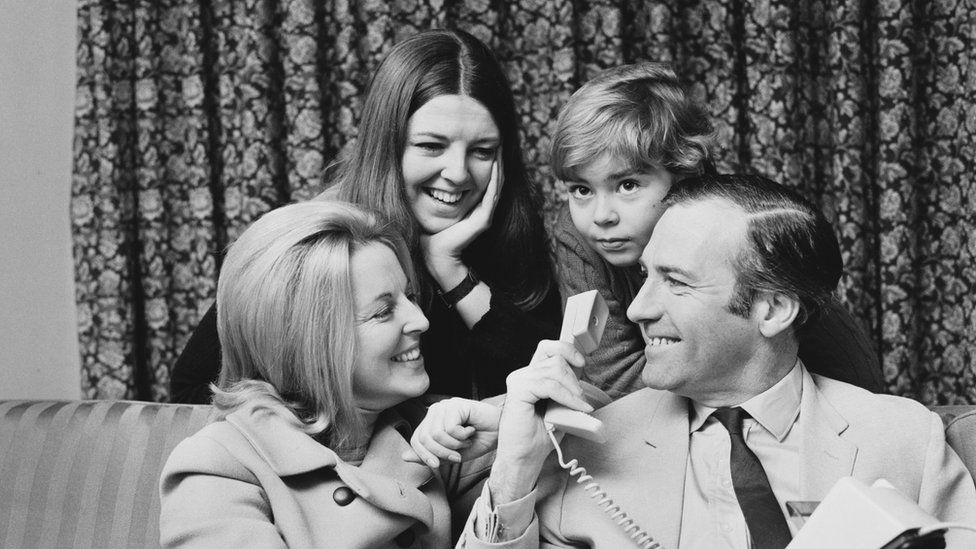The Anglo-Saxons:
A History of the Beginnings of England
by marc morris
pegasus, 528 pages, $32
The art of telling stories will always be closely associated with the Anglo-Saxons. Beowulf, the era’s best-known epic poem, begins with a word that is difficult to translate, summoning an audience to attention: “Hwæt!” The same word opens another great poem of early medieval England, The Dream of the Rood, in which the wood of the Cross speaks and narrates a uniquely Anglo-Saxon Passion—a reminder that it was the Anglo-Saxons who built Christian England.
These people, as Marc Morris observes, were tellers of tales; and yet, until now, there has been no modern narrative history that weaves together the insights of archaeologists, historians, and literary scholars. Morris has risen to the task, tracing the journey of the English-speaking inhabitants of the island of Britain from tribal warbands to a highly sophisticated medieval kingdom on the eve of the Norman Conquest.
This is a triumph of historical storytelling, woven together from the scattered evidence of archaeology, numismatics, chronicles, charters, and many other sources. The narrative that emerges from these difficult sources is, of course, contentious; after all, even the use of the term “Anglo-Saxon” is now debated by scholars. But the narrative is also compelling, rooted in the primary sources, iconoclastic of received interpretations, and—most importantly—the product of a commanding historical imagination. This is an account of the Anglo-Saxons that will inform our perception of them for years to come.
It would be perfectly possible to challenge virtually every one of the author’s interpretations: As Morris notes, “The less evidence, the more contention,” especially when it comes to the chaotic documentary void of the fifth and sixth centuries. (By comparison, by the mid-eleventh century there is a comparative richness of documentary sources.) The first question is about the nature of Germanic immigration after the departure of the Roman legions at the beginning of the fifth century. Morris leans toward a more traditional “replacement” model in which Germanic settlers took the place of the Britons in the landscape. Morris places a great deal of weight on the linguistic evidence, which shows that Brittonic (the language of the Britons) had little influence on Old English. If the Anglo-Saxons had largely assimilated the Britons, rather than replacing them, we might expect many more Brittonic loanwords.
According to Morris, “The broken Britain that the Saxons found. . . had no allure.” Post-Roman Britain was “in every sense a degraded society, sifting through the detritus of an earlier civilisation.” Morris follows in the tradition of Bede by viewing the Britons as decadent, but this is by no means the only possible view of post-Roman society. Recent scholarship by Miles Russell and Stuart Laycock has drawn attention to Britain’s failure to become Romanized in the first place, raising the question of whether the abandonment of urban life in the early fifth century should be seen as a sign of decline, and Susan Oosthuizen has argued that rural Britain continued to prosper in the absence of urban settlement; it simply thrived on its own terms as a non-urban society.
Central to the Anglo-Saxon story is, of course, the arrival of Christianity in 597, which offered King Æthelberht of Kent “not only the promise of future paradise and life everlasting, but the immediate prospect of being elevated above his Anglo-Saxon peers.” Yet although the appeal of the trappings of Roman authority accompanied the invitation to become part of Christendom, the Christianization of the English stalled after the creation of the sees of Canterbury, London, and Rochester. It was not easy to unravel the tangles of kinship and attachment to ancestral cults, and Anglo-Saxon kings were “caught between two cultural tides.” Often, royal women were the crucial factor in turning that tide decisively in favor of Christianity, as with Æthelberht’s wife Bertha—or their daughter Æthelburh, who married Eadwine of Northumbria and brought about the conversion of that kingdom.
While Morris, like every historian of early England, is inevitably reliant on Bede’s Ecclesiastical History of the English People for the events of the seventh century, he is prepared to go behind Bede’s text and does not take it at face value. He dismisses as hagiography, for example, the Northumbrian monk’s sympathetic portrayal of St. Oswald, arguing that the martyr king was just as bloodthirsty as his pagan forefathers. However, amid the author’s focus on the political history of the warring kingdoms, the question of the cultural and social influence of Christianity is at times left hanging. To what extent were these men and women sincere Christians, and to what extent did Christianity merely serve a political function? Morris seems reluctant to confront this question head-on, although he does not shy away from the centrality of Christianity to Anglo-Saxon society, making St. Wilfrid a central character of one chapter. The work of scholars such as John Blair, Sarah Foot, and Rosalind Love explores these questions of sincerity and confessional allegiance in more depth.
Morris traces the rise of London in the eighth century: Mercia’s rise to quasi-imperial power over other kingdoms had much to do with its economic control of Lundenwic, the emporium outside the walls of the old Roman city of Londinium. In turn, Mercia’s dominance (as well as Bede’s influence) cemented the use of the term “English” for the Germanic peoples of Britain. Yet dark clouds were gathering: the Viking attacks, which began in 793 and continued for the next three centuries. For the English, life would never be the same again.
The Vikings are sometimes portrayed as alien Scandinavians, but Morris astutely observes that it was the cultural similarity of the Vikings to the English that made their arrival so disturbing: For the English, “the coming of the Vikings meant a confrontation with the demons of their own pagan past.” While these Scandinavians were, in general, no more violent than anyone else in the period, their willingness to plunder churches and kill monks and nuns marked them out in the Anglo-Saxon imagination as children of the devil. Yet when the Vikings turned from raiding to conquest, in the 860s, they, too, were soon drawn into the Christian culture of Anglo-Saxon England. Morris displays a healthy skepticism of “Alfred mania,” the eighteenth- and nineteenth-century tendency to idolize Alfred the Great as the savior of England from the Vikings and founder of the nation; this was hero-worship based on hindsight, when in reality Alfred negotiated a modus vivendi with the Vikings rather than defeating them entirely. Nevertheless, Morris deems Alfred deserving of the sobriquet “great” that he—alone of all English kings and queens—bears.
The latter part of Morris’s book is concerned with the nation-building of the House of Wessex in the tenth and eleventh centuries, a period that saw England united but that also witnessed internecine and dynastic bloodshed, a clash between English and Danish royal houses over the control of England, and what Morris calls “imperial overstretch.” He is frank about the shortcomings of Anglo-Saxon England, whose leaders largely perished on the field of Hastings or not long thereafter; and yet he argues that England is still, in spite of everything, still largely the England—and the English church—the Anglo-Saxons created. From England’s shires to the dioceses of the Church of England, from sheriffs to boroughs, and down to the level of individual field boundaries, England remains Anglo-Saxon. This is a narrative history that, in truth, is without an ending, for the Anglo-Saxons are still very much with us.
Francis Young is a British historian and folklorist.
First Things depends on its subscribers and supporters. Join the conversation and make a contribution today.
Click here to make a donation.
Click here to subscribe to First Things.
Image by Anonymous via Creative Commons. Image cropped.
